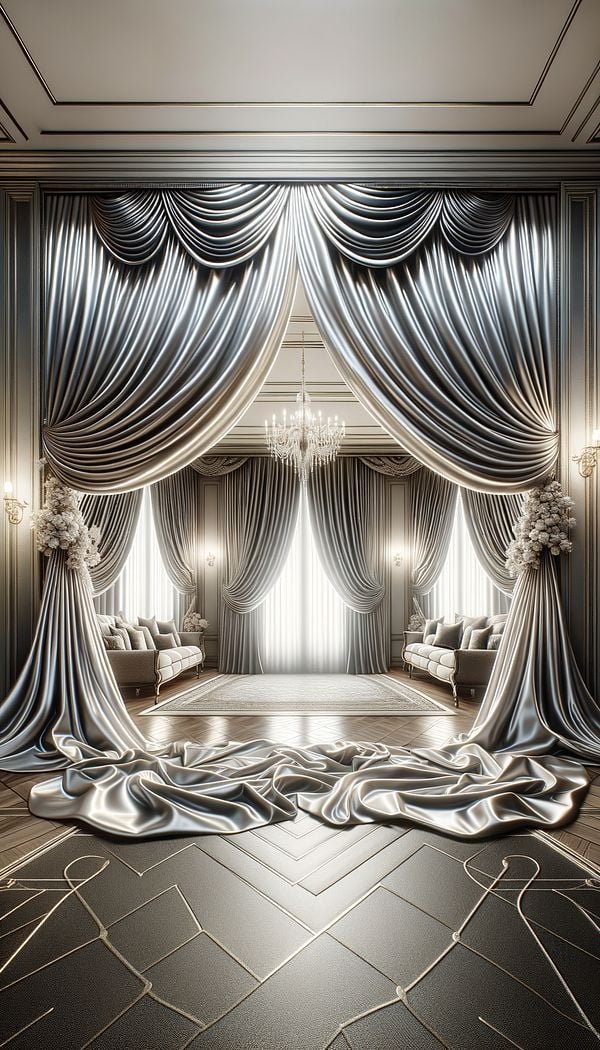What is Acetate?
Acetate is a synthetic, semi-synthetic fiber used widely in interior design for its versatility and aesthetic appeal.
Description
Aceate is a unique material that bridges the gap between natural and fully synthetic fibers, bringing a distinctive blend of characteristics to the table. Derived from cellulose, which is obtained from wood pulp, acetate is known for its silky appearance, smooth texture, and high luster, making it a popular choice among designers seeking a touch of elegance. One of the key attributes of acetate is its ability to drape beautifully, making it ideal for curtains, upholstery, and other decorative fabrics in interior spaces.
This material is not only about looks; it boasts several practical benefits. Acetate fibers are resistant to shrinkage, moth, and mildew, enhancing their longevity in home environments. However, it's worth noting that they may not fare well under direct sunlight, and can be prone to static and wrinkles, requiring careful maintenance. Despite these considerations, the aesthetic and functional advantages of acetate remain a significant draw for its use in interior design.
The process of creating acetate involves treating cellulose with acetic acid, which alters the fiber's properties, giving it a unique set of qualities that differ from other textiles. This production process contributes to the distinct feel and appearance of acetate fabrics, setting them apart from both natural and entirely synthetic counterparts.
Usage
Acetate fabrics are often used in interior design for window treatments, such as sheer curtains or drapes that offer a gentle filter of light. They are also popularly incorporated into furniture upholstery, decorative pillows, and table linens, providing a sophisticated and luxurious touch to interiors.
FAQs
-
Can acetate fabrics be washed or do they require special care?
Acetate fabrics typically require special care and should be dry cleaned to maintain their appearance and integrity. Some may be hand-washed cautiously, but always refer to the care instructions.
-
Is acetate a sustainable material?
While acetate is derived from cellulose, a renewable resource, its production process involves chemicals that raise environmental concerns. Efforts are being made to develop more eco-friendly versions of acetate.
-
Do acetate fabrics fade over time?
Acetate fabrics can fade and lose their luster when exposed to direct sunlight for prolonged periods. It's recommended to use them in areas away from intense sun exposure or to treat windows that receive direct light.
Practical Application
When incorporating acetate into your interior design projects, consider using them in applications where their unique attributes can shine—such as adding a touch of luxury with drapery or accent furniture pieces. Keep in mind the care requirements and environmental considerations around acetate, and where possible, opt for more eco-friendly versions of this material.
-
Decorative Techniques322 articles
-
Decorating Principles & Elements330 articles
-
Materials & Textiles360 articles
-
Textiles & Upholstery252 articles
-
Bun FootA bun foot is a type of rounded, bulbous furniture leg.
-
AcetateAcetate is a synthetic, semi-synthetic fiber used widely in interior design for its versatility and aesthetic appeal.
-
InlayAn inlay is a decorative technique that involves embedding pieces of one material into another to create patterns or designs.
-
AngoraAngora refers to a type of luxurious, soft wool or fiber obtained from the fur of the Angora rabbit.
-
Bird’s-EyeBird’s-Eye is a distinctive pattern found in maple wood.
